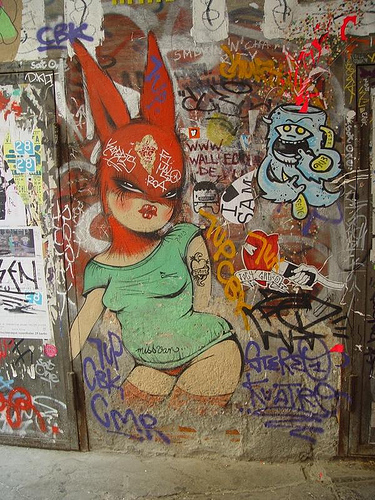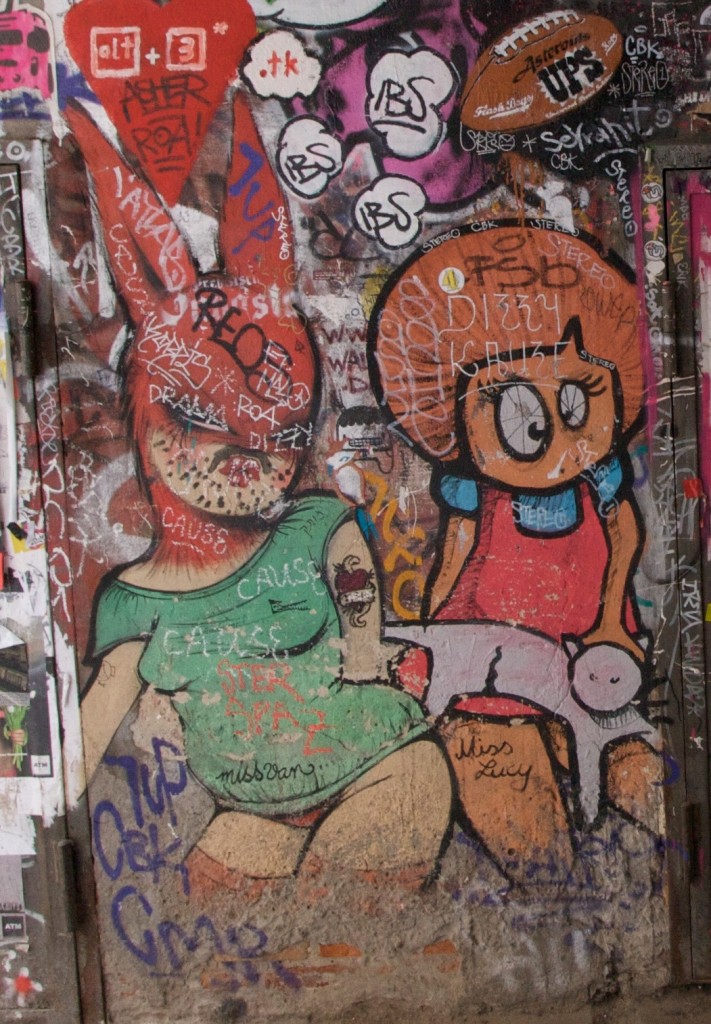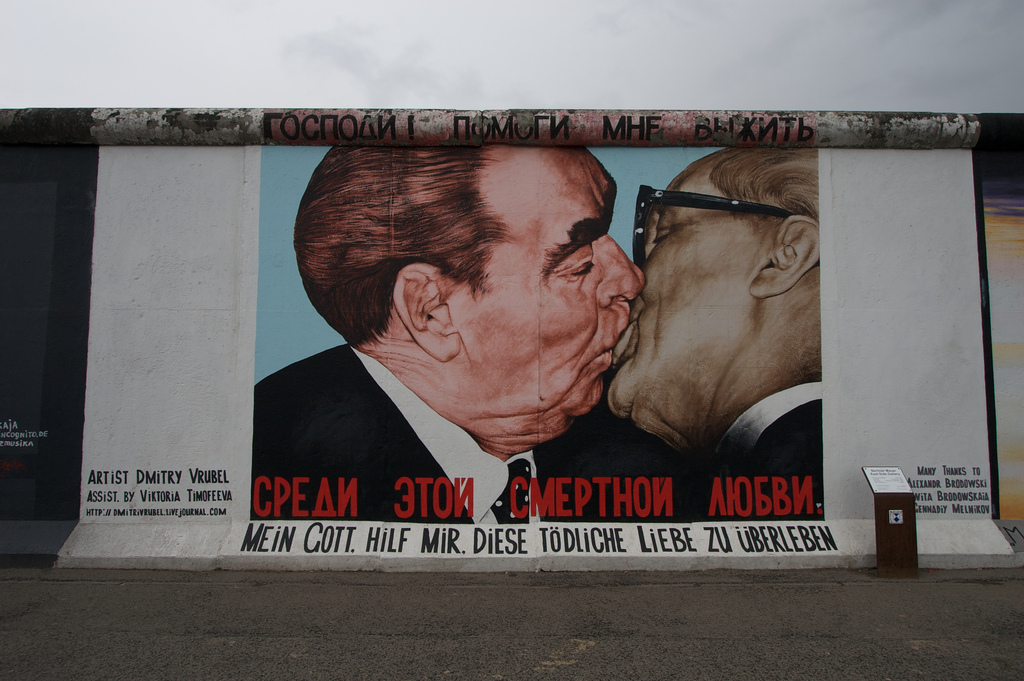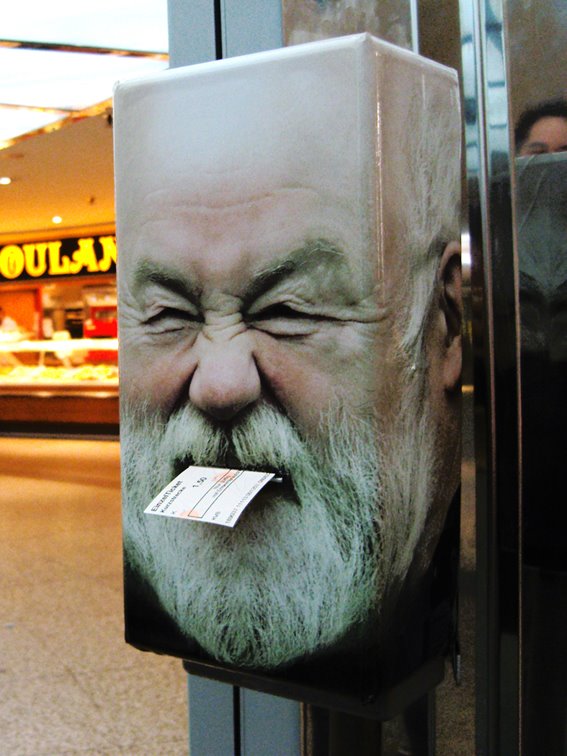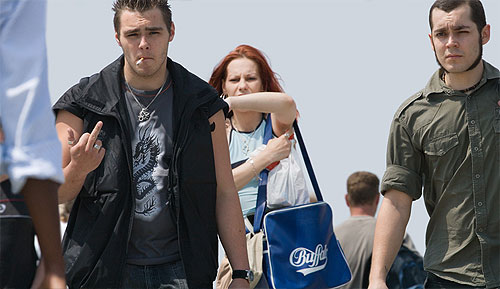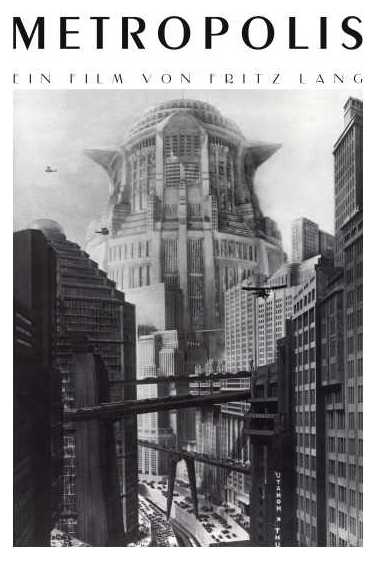
Fritz Lang’s masterpiece “Metropolis” was screened at the Brandenburg Gate for the most recent Berlin Film Festival. What’s noteworthy about this screening is that it was the first public screening of the most recent, and more complete, restored version.
When “Metropolis,” was originally shown in Berlin in 1927, it had a running time 153 minutes. However, the export version was cut down to 114 minutes. Soon it was cut down further to a mere 90 minutes in order please theater owners, who wanted a higher turn over of customers each day, and because the plot was too “controversial.” (And just think, “Atlas Shrugged” was still 30 years away.)
With all the cuts and differing versions, the original was thought lost. Then in 2001, a restored version was put together using footage collected from the different versions along with intertitle cards for missing scenes. This version clocks in at 124 minutes.
In 2008 a copy of what may be the original cut, was found in Buenos Aires, and a further 25 minutes of additional footage was added to the 2001 reconstruction. Unfortunately, the Argentine copy was heavily degraded, and was a 16mm copy of a damaged 32mm copy, meaning that the additional footage will probably always be noticeable. It was this 2008 version that was shown this year in Berlin.
So what does this mean if you want to watch Metropolis yourself? My recommendation is to wait, and and be careful about what you buy.
I own the unrestored 90 minute version, and it’s completely unwatchable. The images are dark, cropped, and constrained to a flickering circle in the middle of screen. For instance, the scene shown in the above movie poster is limited to about the middle ninth of the still. Don’t pay attention to the running time. The time is stretched because the film is run back at less than 24 fpm, and so all the music is out of sync. This version is a complete waste of money.
Then there’s 2001 124 minute version. This is version that is recognized by UNESCO. It’s available today, but in light of the latest reconstruction, I’d also stay away from it.
Unfortunately, the 2008 reconstruction has yet to be released, but is expected to come out at the end of this year.


